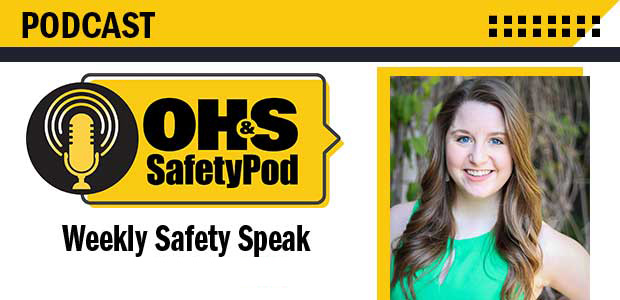
Episode 58
In this mini episode, OH&S Editor Sydny Shepard discusses the recently released list of OSHA's Top 10 Most Frequently Cited Standards as well as new dates for National Safety Stand-Down and Ladder Safety Month.

With the beginning of the distribution of the COVID-19 vaccine comes the new concern of exposure to harmful gases.
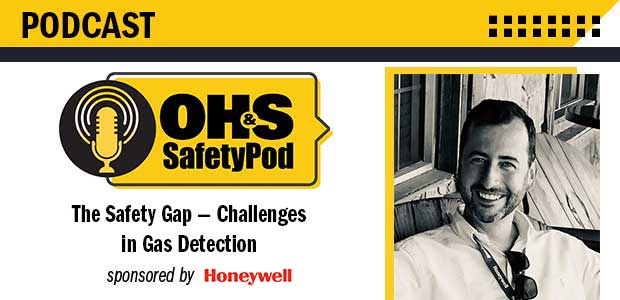
Episode 56
In this episode of the podcast, Editor Sydny Shepard talks with Honeywell Offering Manager Lead Richard Dunn about the "safety gap" he and his team found when surveying customer needs for gas detection.
Efforts to curb the transmission of contracting COVID-19 by handwashing has lessened according to an annual survey from Bradley Corp.

Episode 54
Editor Sydny Shepard goes over the newest information from the Chemical Safety Board on the gas leak at a Georgia poultry plant that killed 6 people.
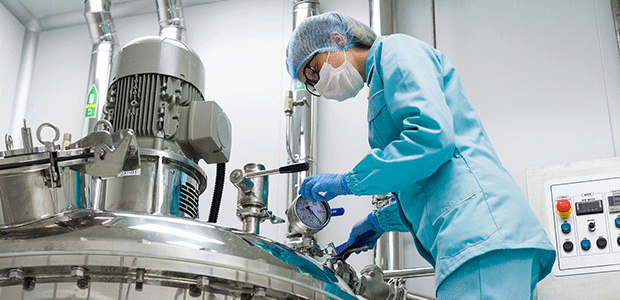
Gas detection is a vital element of chemical safety—luckily, it is made easier with the help of technology.
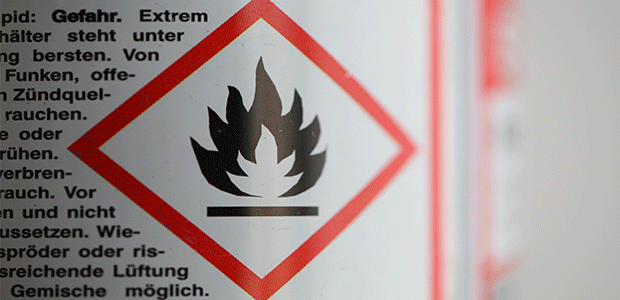
Simple SDS-to-label compliance cross-checks, expert design tips and more.

Episode 52
In this episode, listeners will hear about a new partnership between EPA and OSHA, Virginia's new permanent COVID-19 workplace safety standards and when industrial workers will be able to get the coronavirus vaccine.
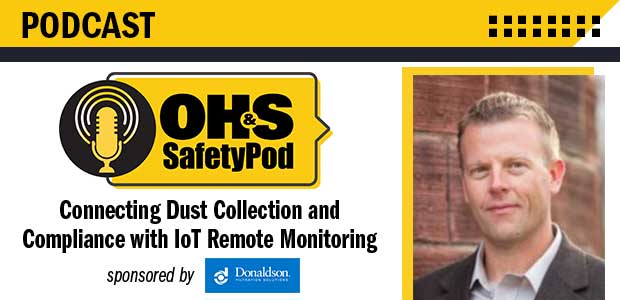
Episode 45
Listen in as Editor Sydny Shepard and Donaldson's Brent Nelson chat about the adoption of IoT in industrial facilities as well as its specific application with dust collectors.
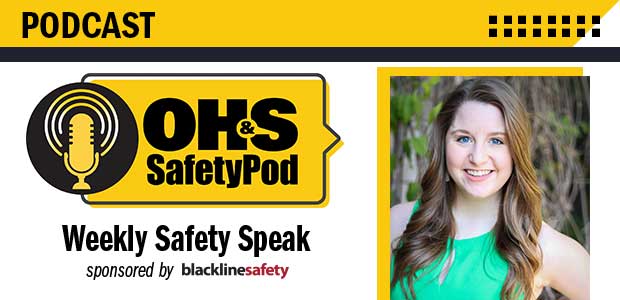
Episode 43
In this episode of the podcast, listen in as Editor Sydny Shepard discusses Cal/OSHA's new emergency regulations to protect against COVID-19 as well as the CDC and FDA's plan on how a Coronavirus vaccine could be distributed in the United States.

Thanks to the advances in digital data capture and recording by sensors and devices, information is a commodity that is not in short supply.
OH&S has been celebrating innovation and products optimized to keep workers safe for over 10 years.
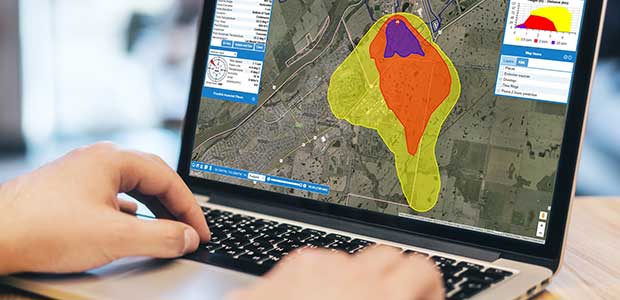
During unplanned chemical releases, there are bound to be more questions than answers. Plume models are the best way to answer these questions and more.

Episode 40
On this Safety Speak episode of the podcast, we will discuss a new grant supporting research for the health and safety of correctional workers, a new OSHA guidance on ventilation for workplaces and how the CDC recommends you spend your Thanksgiving.

Episode 37
In this mini episode of the podcast, Editor Sydny Shepard discusses a new structural guide for fire fighting, the ASSP's new partnership with NECA and how states are dealing with the third wave of COVID-19.
Thanks to the advances in digital data capture and recording by sensors and devices, information is a commodity that is not in short supply.

Episode 36
In this Safety Speak episode of the podcast we will discuss Washington’s proposed regulation to protect workers from wildfire smoke, new surges in Coronavirus cases and decreases in the antibodies that create “virus immunity.” Towards the end, we will go in-depth on mental health in the age of COVID-19 – how employees might be at an increased risk for mental health issues and how employers can help.

Episode 30
In this Safety Speak episode of the podcast, Editor Sydny Shepard discusses a new alliance to protect against hazardous chemical exposure, OSHA’s updated Coronavirus FAQ, and newly published articles from the October issue of Occupational Health & Safety.
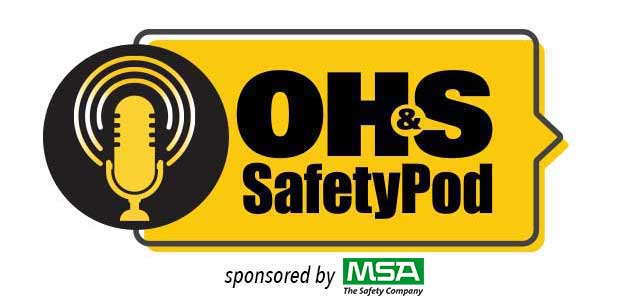
Episode 29
In this episode of the podcast, Editor Sydny Shepard and MSA's Jason Fox discuss what a connected worker is, how that fits into the safety industry and what it means for the future of gas detection.
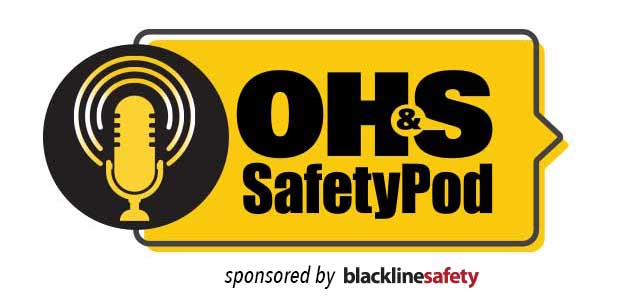
Episode 26
Editor Sydny Shepard discusses all things hazards, standards and training regarding confined spaces with guest Chris Koester, consultant and owner with Priority One Safe-T, an emergency response and standby rescue services and training firm for industrial and manufacturing companies.